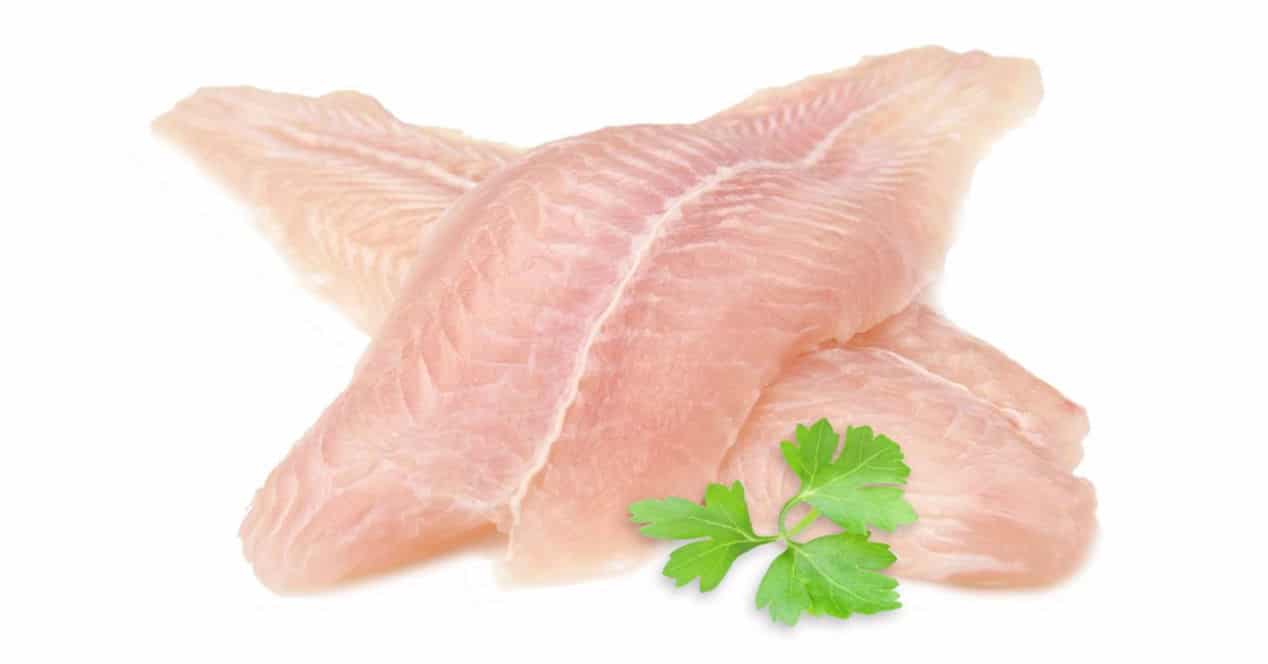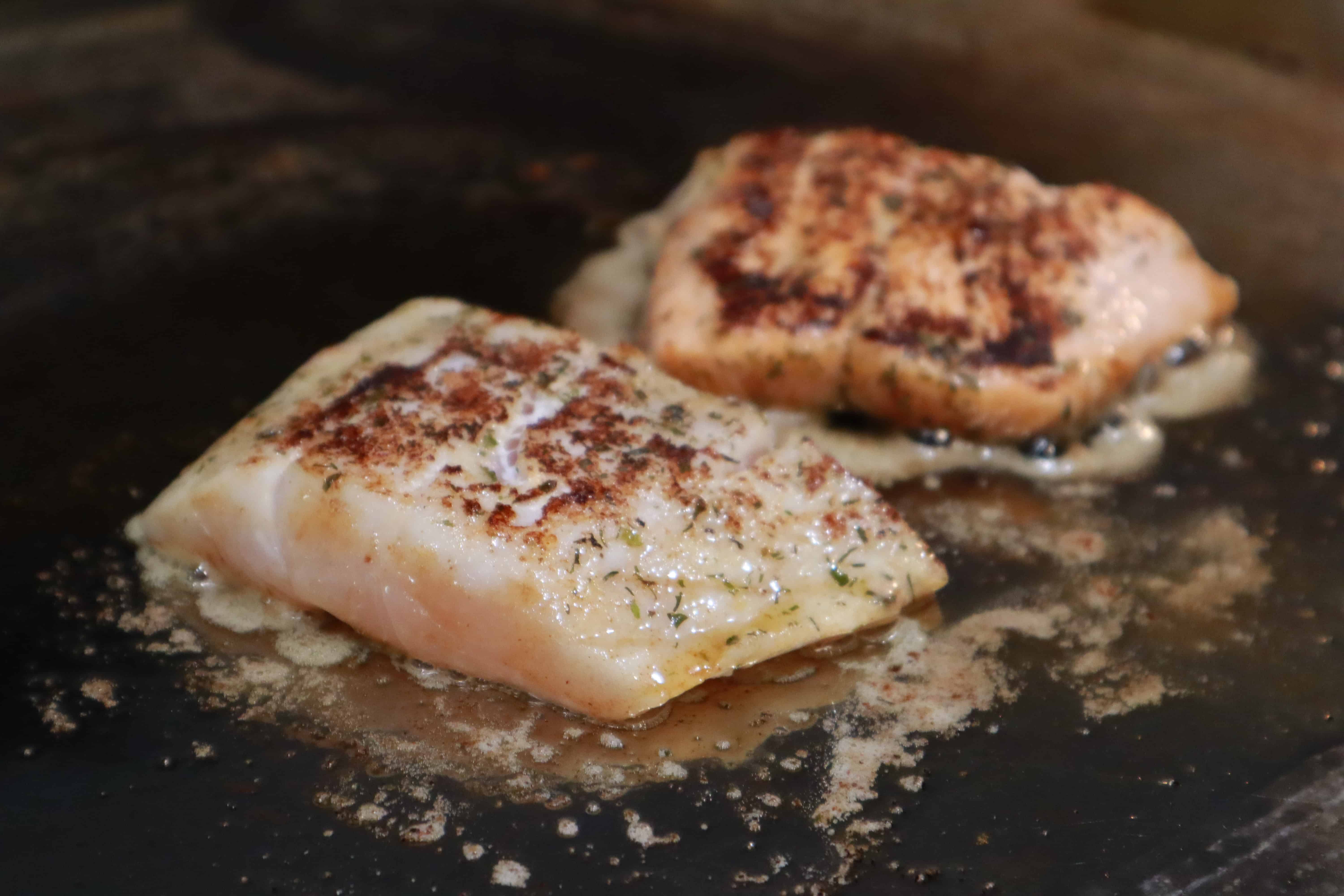
The pangasius continues to be the protagonist of scientific studies that recommend avoiding its consumption. For a few years, supermarkets have stopped selling it, nursing homes do not cook it and school canteens do not serve it to children.
Some people have not yet found out why their consumption is falling, so we tell you about a study carried out by the University of La Laguna (Tenerife). It has been the World Health Organization that began to put on alert for its high concentrations of metals such as mercury.
Its cheap price, mild flavor, and firm, flaky texture make it popular all over the world. However, it can pose a higher risk of food poisoning, so we need to make sure to cook it correctly.
What kind of fish is pangasius?
Without a doubt, pangasius is one of the most consumed fish in the world, but according to European mercury levels, it does not comply with the regulations. It is a fish of Vietnamese origin, specifically from the Mekong River, which is one of the longest in the world and also one of the most polluted.
It is also known as basa, and is a type of catfish belonging to the Pangasiidae family. Its formal scientific name is Pangasius bocourti. We may have also heard the basa fish referred to as river cobbler, Vietnamese cobbler, pangasius, or swai.
Its meat has a light, firm texture and a mild fishy flavor, similar to cod or hake. In fact, it is sometimes sold as boneless fish fillets and used in the same way. Panga fish are native to the Mekong and Chao Phraya rivers, which flow through several countries in Southeast Asia.
Due to their popularity and high export demand, they are also raised in large numbers in pens surrounding the Mekong River. This is one of the reasons why it is so popular is because of its price. It is cheap to breed, so we are competitively priced, even when exported abroad.
Possible risks of its consumption
Researchers from the University of La Laguna have been interested in investigating the toxic risk of mercury that could contribute the consumption of pangasius. For this, they have analyzed 80 samples of frozen fillets, which have been stored in three different hypermarkets and which final consumers could take in marinade or natural.
It has been proven that the pangasius in marinade exceeds the maximum concentrations allowed by European legislation at 0 mg/kg. «Once these data are obtained and assuming a weekly consumption of 350 grams of pangasius, the percentage contribution to the Tolerable Weekly Intake (IST) of mercury is 32 percent and 27,5 percent for women and men, respectively.«, commented Ángel J. Gutierrez, the tenured professor of the Toxicology Area of the University of La Laguna.
In general, eating any type of fish carries some risks. This is because fish can contain contaminants from industrial waste such as mercury and polychlorinated biphenyls. These compounds can accumulate in the body and have toxic effects. However, there are people who believe that the benefits of eating fish outweigh any potential risks.
Other studies have found heavy metal residues in the pangasius to be within safe limits. However, it has been suggested that the way the fish is raised and the environment it lives in may make this animal a higher risk food. The ponds in which they are raised are susceptible to contamination. To control this, fish farmers have to use chemical agents and medicines to control pathogens and parasites; these components can affect fish.
Some studies have found that pangasius imported from Vietnam do not meet international safety standards. In fact, the fish is more likely to contain trace amounts of veterinary drugs, including antibiotics, in concentrations that exceed legal limits.
One study also noted that 70-80% of pangasius exported to European countries were contaminated with Vibrio bacteria, a common cause of food poisoning. To minimize the risk of food poisoning, be sure to cook basa properly and avoid eating it raw or undercooked.

Low nutritional content
Some nutritionists say that eating pangasius every week would not pose a health problem, as far as mercury is concerned. There are fish like tuna, swordfish or shark They have much higher mercury levels than pangasius, but their nutritional value is much higher.
Like other types of white fish, pangasius is low in calories and rich in high-quality protein. A portion of 126 grams provides:
- Energy: 158 calories
- Protein: 22,5 grams
- Fat: 7 grams
- Saturated fat: 2 grams
- Cholesterol: 73 mg
- Carbohydrates: 0 grams
- Sodium: 89 mg
Due to its low calorie and high protein content, it can be a beneficial food for dieters, just like other types of white fish. It also contains 5 grams of unsaturated fat, including some Omega-3 fatty acids. Omega-3 fatty acids are essential fats important for maintaining optimal body and brain health, especially as you age. However, the panga does not contain much of this fat, so it becomes less recommended.
The Spanish Agency for Consumption, Food Safety and Nutrition recommends avoiding pangasius and betting on other fish that are more sustainable, provide more protein and healthy fats and, above all, have a better flavor.
Even though it's a cheap boneless fish, it would be better for our children to accustom their palates to other types of flavors. Even so, we should not stop taking it because of its metal content, if that is our concern.